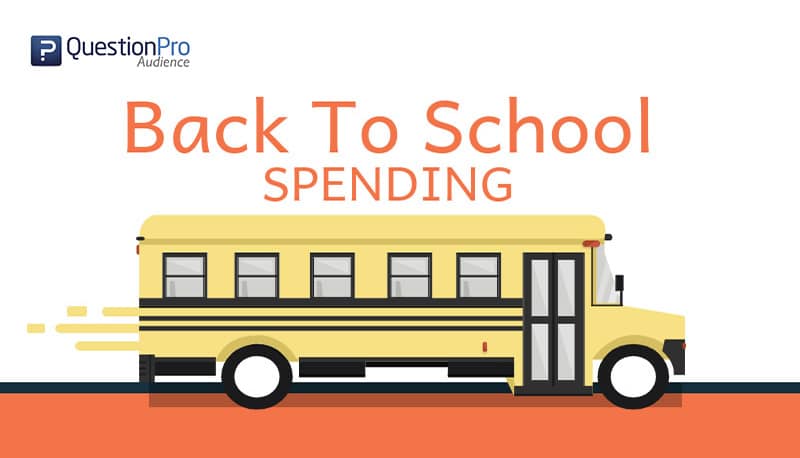 Reading Time: 3 minutes read
Reading Time: 3 minutes readHear that? That’s the sound of moms across the country rejoicing and children crying. And that means it’s almost time for kiddos to head back to school after summer vacation. But heading back to school isn’t as easy as waving goodbye as the kids board the school bus. Supplies, clothing, electronics…there is a lot of money that will be spent before September.
HOW MUCH?
According to a new survey released by the National Retail Federation, spending for K-12 schools and college combined is expected to reach $82.8 billion, only slightly less than 2017’s $83.6 billion. College and graduate students plan to spend an average of $942.17 each, while K-12 households are looking to drop $684.79.
WHAT ARE THEY PURCHASING?
Clothing tops the chart for K-12 back to schoolers, with an average spend of $236.90, followed by electronics ($187.10), shoes ($138.66) and school supplies ($122.13). College shoppers plan to spend the most on electronics ($229.21), followed by clothing ($153.32), $109.29 on furnishings for their apartment or dorm, and only $69.46 on school supplies.
WHERE WILL THEY PURCHASE?
K-12 consumers are headed to department stores (57%), online retailers (55%), discount stores (52%), clothing stores (51%) and office supply stores (35%). The majority of college consumers are also focused on online retailers (49%) and department stores (40%).
HOW ARE THEY PAYING?
Overall, consumers plan to pay with debit card (57%). 44% will be putting it on a credit card, and 37% will pay with cash or check. Interestingly, when comparing household income to payment method, 68% of households with an income of $100,00 or more will charge their purchases to a credit card, while 68% of households with less than $50,000 will pay with their debit card.
We compiled an infographic of interesting stats and little-known facts (why do we give teachers an apple?) relating to the back-to-school season. Check it out below—you may learn a thing or two!































